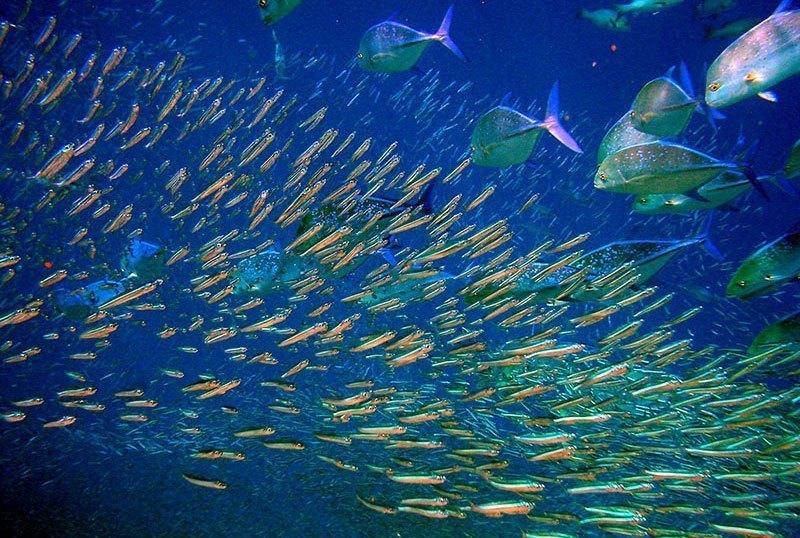
Abstract: "Climate change is a mounting threat to biological diversity, compromising ecosystem structure and function, and undermining the delivery of essential services worldwide. As the magnitude and speed of climate change accelerates, greater understanding of the taxonomy and geography of climatic vulnerability is critical to guide effective conservation action. However, many uncertainties remain regarding the degree and variability of climatic risk within entire clades and across vast ecosystem boundaries. Here we integrate physiological estimates of thermal sensitivity for 2,960 ray-finned fishes with future climatic exposure, and demonstrate that global patterns of vulnerability differ substantially between freshwater and marine realms. Our results suggest that climatic vulnerability for freshwater faunas will be predominantly determined by elevated levels of climatic exposure predicted for the Northern Hemisphere, whereas marine faunas in the tropics will be the most at risk, reflecting their higher intrinsic sensitivity. Spatial overlap between areas of high physiological risk and high human impacts, together with evidence of low past rates of evolution in upper thermal tolerance, highlights the urgency of global conservation actions and policy initiatives if harmful climate effects on the world’s fishes are to be mitigated in the future."
Read More: https://www.nature.com/nclimate/journal/vaop/ncurrent/full/nclimate3382.html
No comments:
Post a Comment